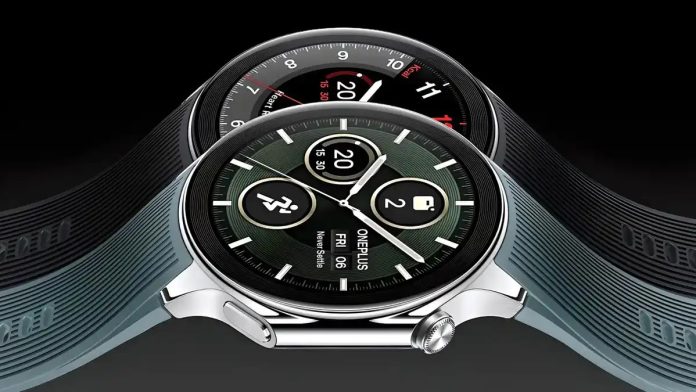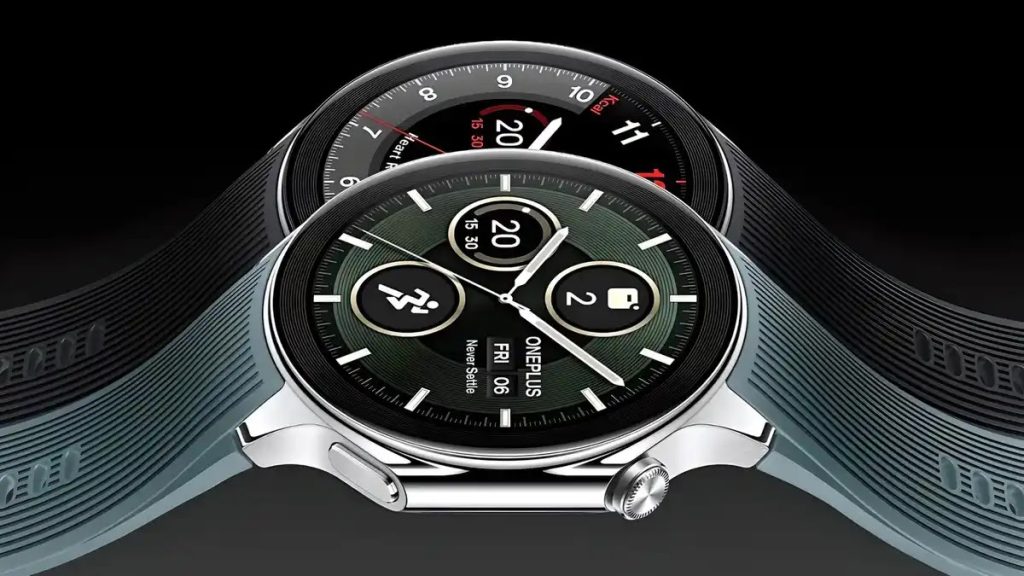
How much impact can one product launch have on wearables and raise the bar on expectations? On July 8, OnePlus launched five new products, but it’s the tale of the tiny Watch 3 and Buds 4 that’s making waves among tech enthusiasts. The company’s strategic focus on compact form factors, top-of-the-line chipsets, and hybrid audio design is ushering in a new era for both mass consumers and those who demand nothing but the best in personal technology.
For tech-savvy buyers and the devoted OnePlus fanatics, these releases are not mere incremental improvements they’re a glimpse of the evolving universe of smart devices. From the engineering challenges of miniaturization to the promise of better sound and longer battery life, the latest releases embody a tantalizing mix of innovation and use-oriented design. Here are nine highlight features and trends that define OnePlus’s current series and the broader technology shifts they represent.
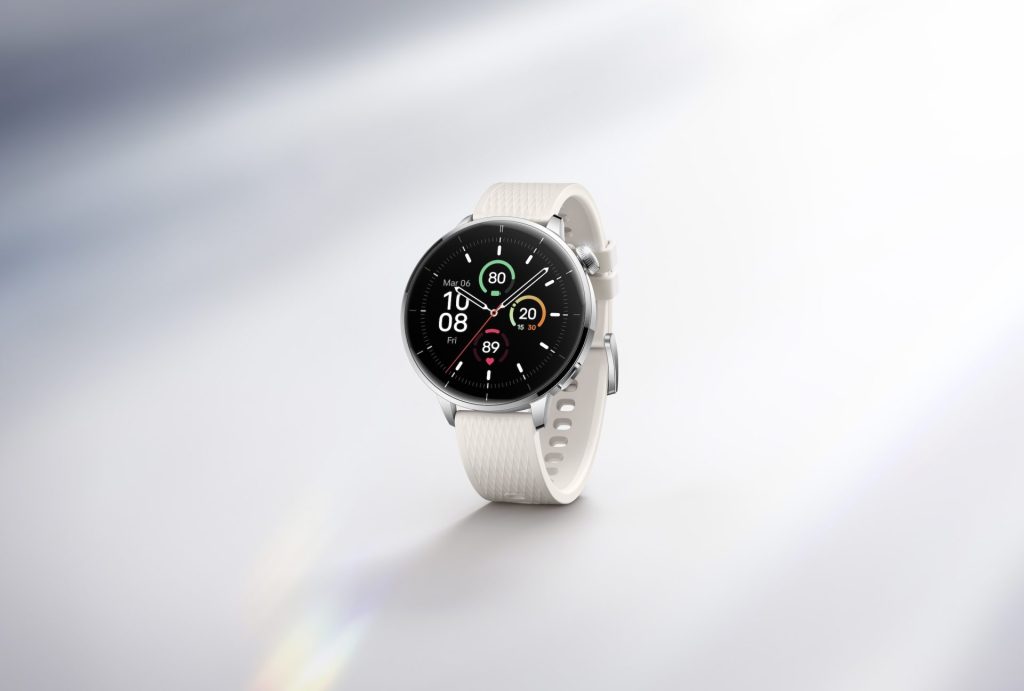
1. The OnePlus Watch 3 43mm: Leaner Build, Familiar Power
OnePlus’s new Watch 3 43mm addresses a persistent request: a wearable that fits smaller wrists without sacrificing performance. The device is 7 percent thinner and 28 percent lighter than its 47mm predecessor, yet retains the same Snapdragon W5 Gen 1 chipset and Wear OS platform. According to Celina Shi, OnePlus’s chief marketing officer, “We’re bringing a smaller iteration of this device that’s perfect for those with smaller wrists – but don’t underestimate it.”
Despite its compact frame, the watch maintains a 1.32-inch AMOLED display with 600-1,000 nits of peak brightness and a 354mAh battery. The trade-off? Battery life drops to 60 hours of regular usage half that of its predecessor. But, PCMag notes, it still outperforms much of the competition, and it’s a safe bet for those prioritizing comfort and endurance.
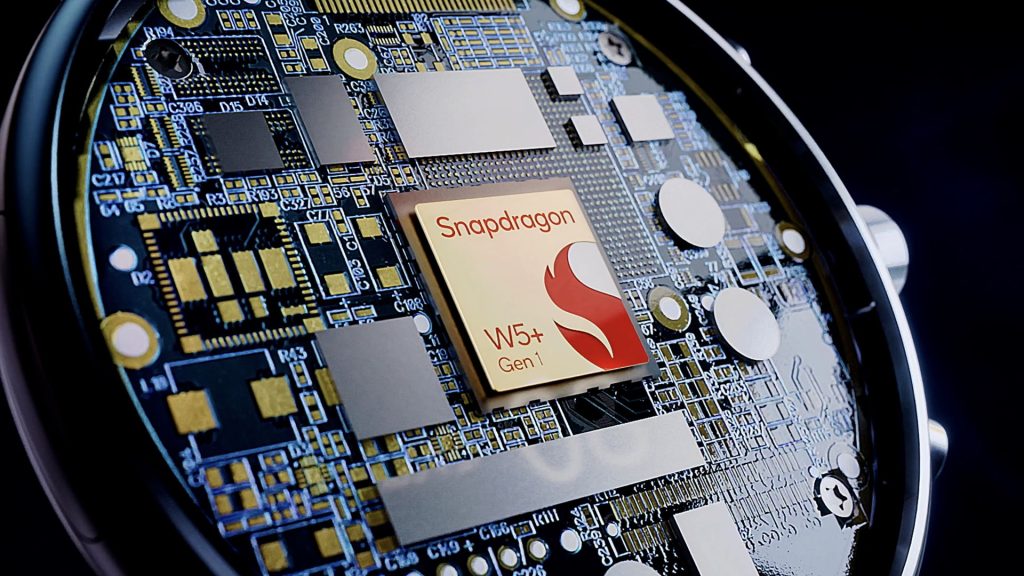
2. Snapdragon W5 Gen 1: A Step Forward in Wearable Efficiency
The Watch 3 43mm’s performance lies at the heart of Qualcomm’s Snapdragon W5 Gen 1, a chip made using a 4nm process that promises speed and efficiency. It’s a significant leap forward from the previous 12nm generation, as Qualcomm claims a 30–60% reduction in power consumption for typical use scenarios. As reported by Wired, “Qualcomm claims the 30 percent reduction in size halves the chip’s power consumption while doubling its performance.”
The W5 Gen 1’s dual-chip architecture offloads background tasks to a low-power coprocessor, which drives the battery life to its limits and the door open to new health monitoring features. For example, Watch 3 43mm can track over 100 sport modes and detect six activities like swimming and rowing automatically. This balance of power and brains brings a new level of Wear OS devices.
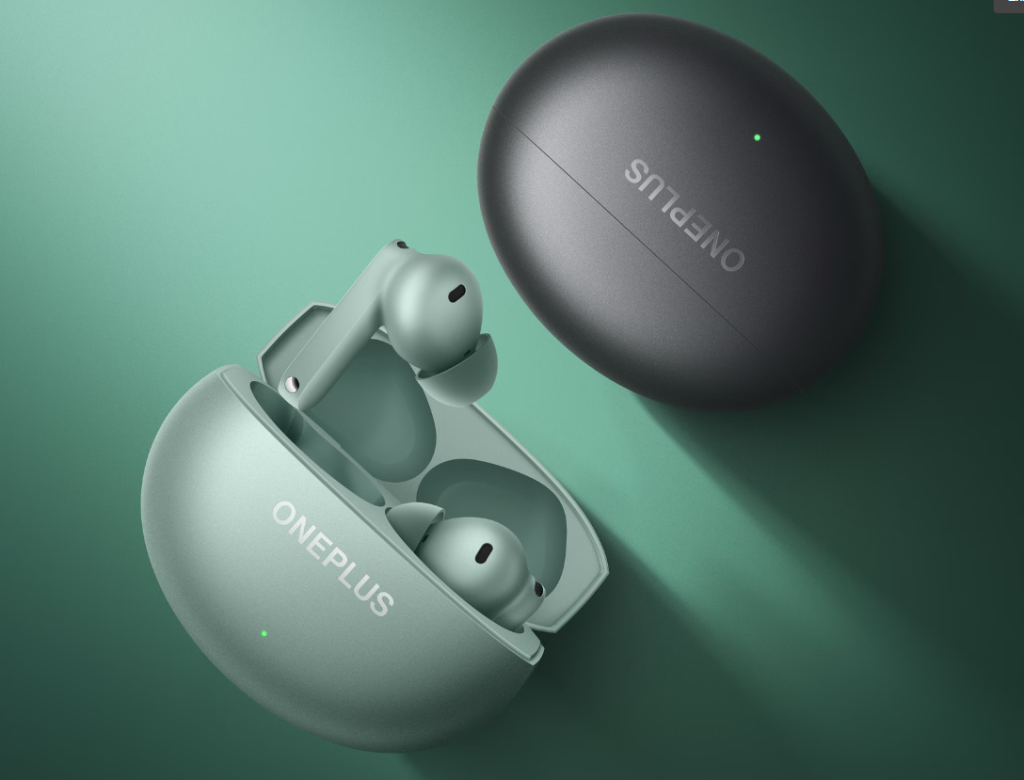
3. OnePlus Buds 4: Adaptive Noise Cancellation and Hybrid Audio
The Buds 4 are OnePlus’s answer to the demand for premium audio in an affordable package. Both the earbuds contain dual drivers an 11mm bass driver and a 6mm tweeter and deliver Hi-Res and spatial audio with LHDC 5.0 and 3D sound capabilities. Hybrid designs are a part of a wider industry trend: as audioXpress puts it, “Hybrid TWS earbuds with BA tweeters will set new standards for sound fidelity and user experience.”
The Buds 4 also offer adaptive noise cancellation, which adjusts a maximum of 800 times per second with a 55dB depth of noise cancellation. This ensures the users enjoy the immersion of sound while being aware of their surroundings since OnePlus clarifies, “the Buds 4 enables users to stay connected with important sounds such as traffic or alerts, without automatically excluding annoying noise.”
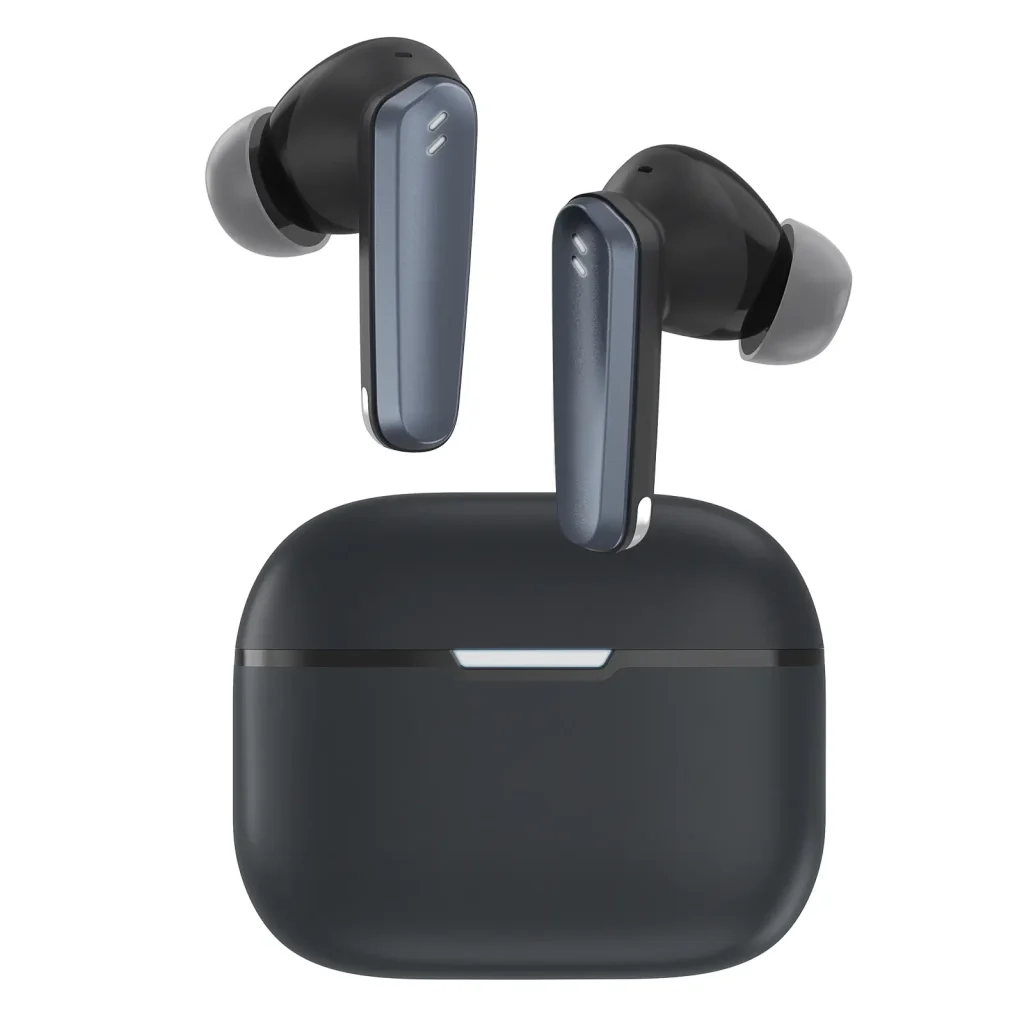
4. Engineering Hybrid Audio: The Arrival of Dual-Driver Earbuds
The transition to hybrid driver architecture in TWS earbuds is not hype it’s a response to the technical fallacy of single-driver designs. With dynamic woofers handling bass and balanced armature (BA) tweeters for treble, companies can now offer richer and more detailed audio without sacrificing battery life or fit. AudioXpress writes that “BA tweeters bring a lot of value to hybrid TWS earphones by adding quality to the sound without needing a lot of digital equalization.”
This approach also enables Hi-Res certification and enhanced ANC performance, with BA’s closed-back form doing its part to cut down acoustic interference. Expect more players to join the party using these hybrid configurations as the market continues to push forward, expanding on what wireless earbuds can accomplish.
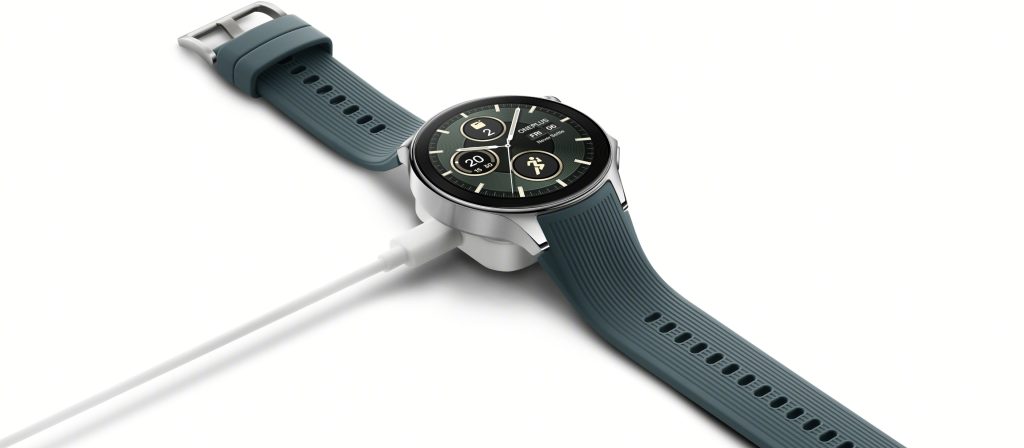
5. Battery Life: Trade-Offs and Technological Solutions
Battery life remains one of the challenge points for wearables and earbuds alike. The 60 hours of battery life of the Watch 3 43mm is a trade-off but still competitive because of the power efficiency of the Snapdragon W5 Gen 1. As 9to5Google suggests, “Having the average Wear OS smartwatch last over 40 hours on a charge would solve the complaints of most folks.”
For earbuds, the shift to hybrid drivers and power-efficient ANC algorithms helps to balance the power demands. BA drivers, particularly, are more power-efficient than dynamic drivers, allowing for longer listening times without sacrificing quality. Such technological innovation is critical because consumers demand full-day performance from progressively smaller devices.
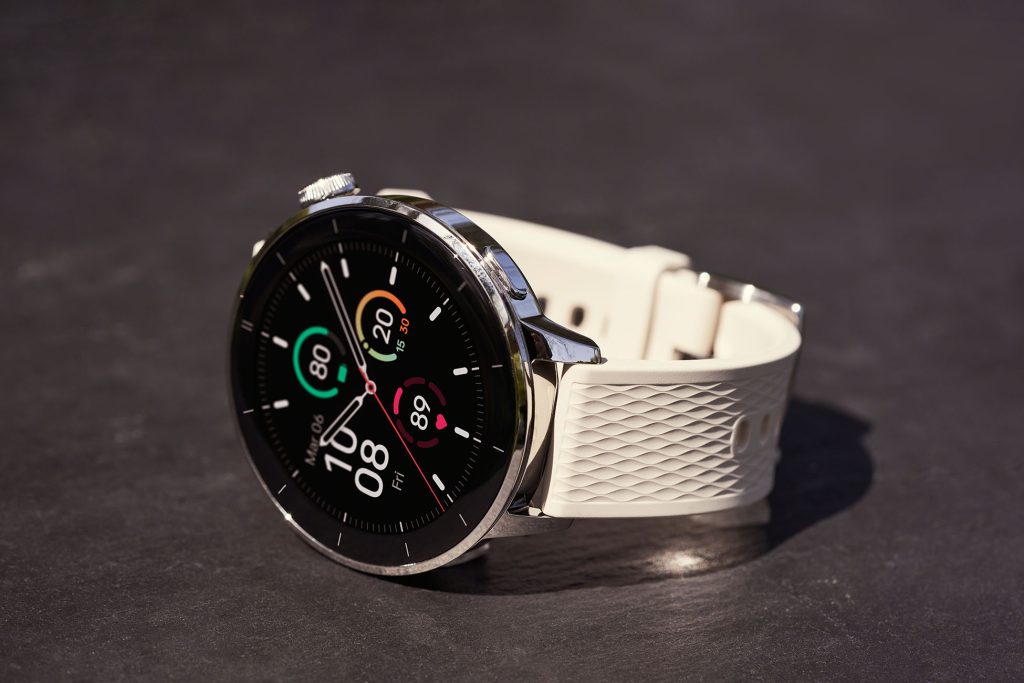
6. Pricing and Availability: High-End Features at Mid-Range Prices
OnePlus has priced its latest products to appeal to a broad base of consumers. The Watch 3 43mm is priced at $299.99, which is $100 less than the bigger model, and the Buds 4 at $129.99. Both will be available in various color options and will reach big-box stores like Amazon and Best Buy in August.
This pricing model is part of a wider trend in consumer technology: bringing high-end features, like spatial audio and adaptive noise cancellation, at affordable prices. As the competition gets fiercer, consumers enjoy high-end experiences without the usual flagship prices.
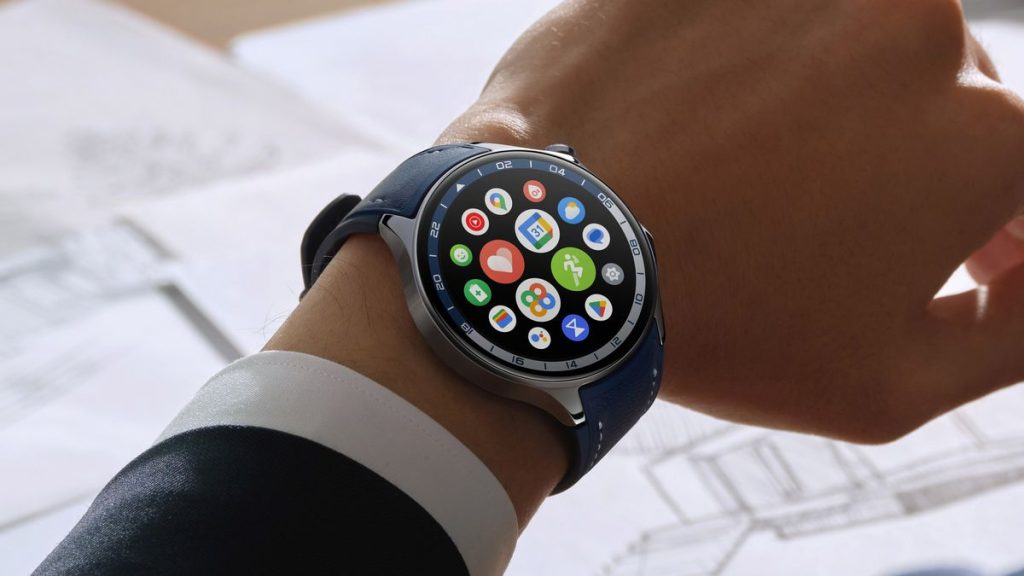
7. Wellness and Personalization: Smarter Health Tracking
The Watch 3 43mm introduces new health features like reproductive cycle tracking and a more advanced “Wellness” score that uses a barometer to forecast states of fatigue. While some of the more sophisticated sensors come only in larger models, the focus on personal health data is clear. The watch’s ability to track over 100 sport modes and automatically recognize activities underscores the growing role of wearables in everyday wellness routines. As the technology advances, expect more detailed health data and smarter algorithms, so wearables will be a requirement for pre-emptive health care.
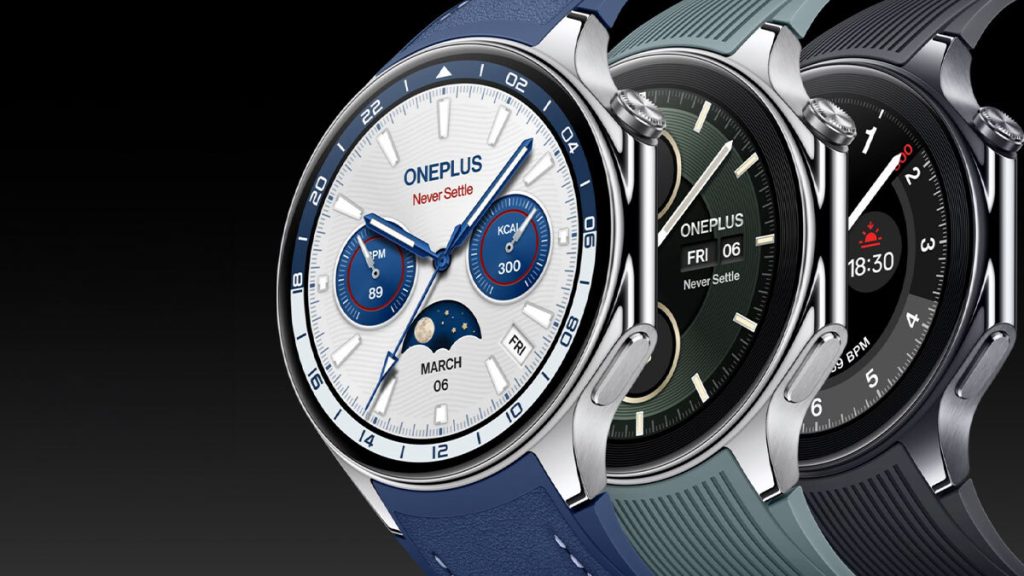
8. Design Trends: Minimalism and Comfort
Both Watch 3 43mm and Buds 4 signal a shift towards minimalist, ergonomic design. The watch substitutes sharp edges for a neater, more rounded look, while Buds 4 provide a minimalistic design with concave touch controls for convenient use. They are not simply cosmetic updates but designs inspired by user feedback and increase comfort when worn for extended periods. It does this by focusing on design minutiae that keep advanced technology from being overly sophisticated and thus too complex for everyday use, in essence bridging the gap between user interface and engineering.
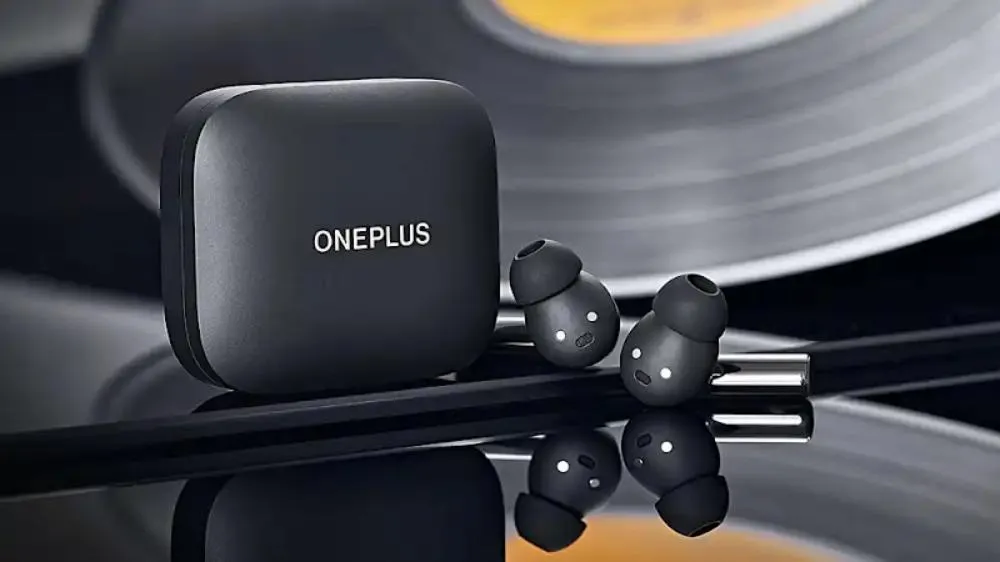
9. The Broader Impact: Hybrid Innovation and Market Evolution
Application of hybrid audio architectures and top-of-the-line chipsets in OnePlus’s latest models is indicative of a wider industry shift. As reported by audioXpress, “Hybrid TWS earbuds with BA tweeters will be the new standard in personal audio devices.” This ongoing quest for advancement is setting new benchmarks in sound fidelity, battery life, and features that are user-centric.
For customers, the trends mean more selection, better performance, and the possibility of products that will seamlessly integrate into their lives. OnePlus’ latest launches show the way considerate engineering and user-focused design can combine to redefine wearables and audio expectations. By embracing small form factors, hybrid audio technology, and cutting-edge chipsets, the company is not just solving current needs but shaping the future of personal tech. With trends accelerating further, the premium and affordable divide keeps disappearing, and innovation remains within the reach of all.
